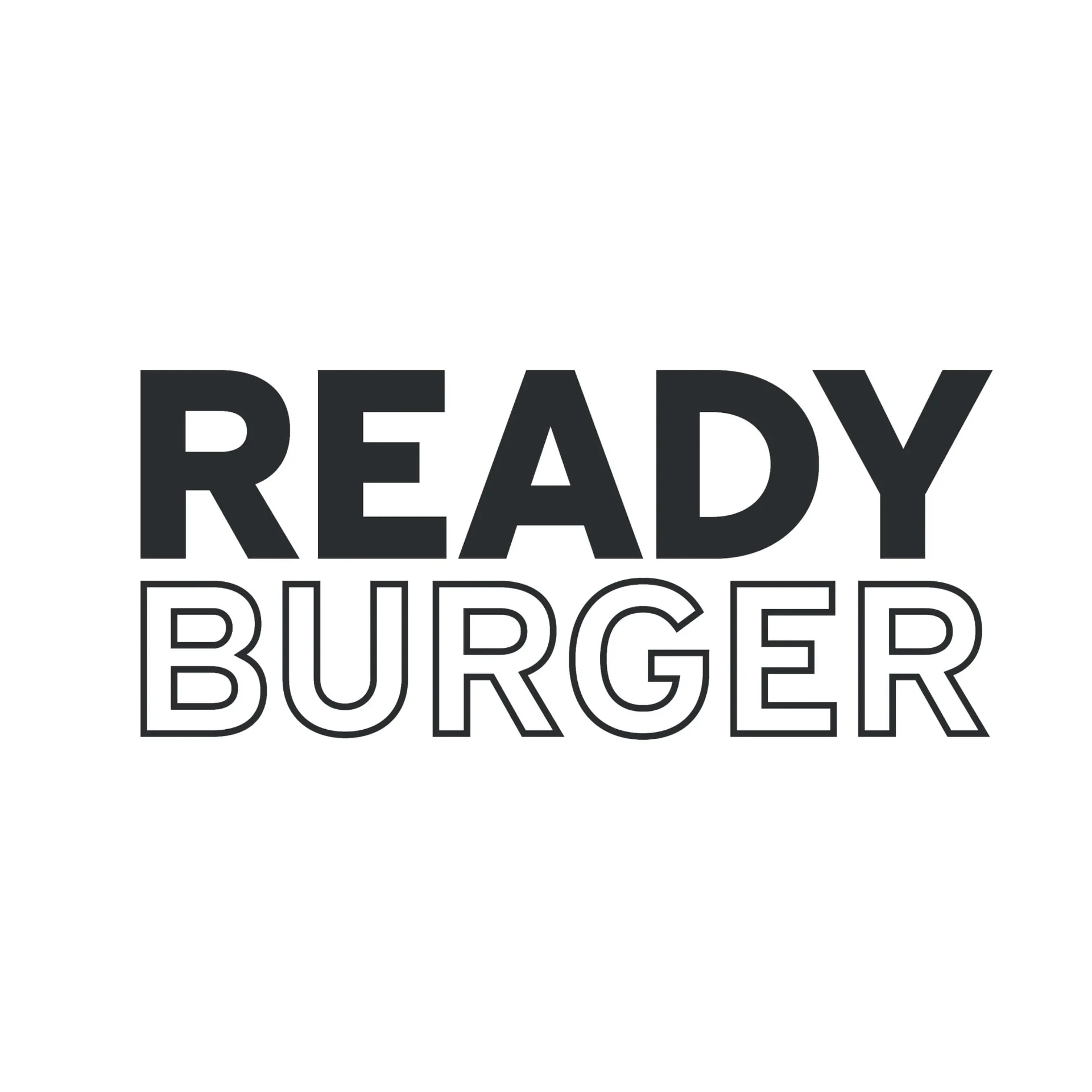The Evolution and Importance of Frozen Food Packaging
In recent years, frozen food has become a staple in many households around the world. The convenience and long shelf life associated with frozen products make them an attractive choice for busy consumers. However, one of the most critical aspects that ensure the quality and safety of these products is their packaging. The evolution of frozen food packaging has not only enhanced the preservation of food but also significantly impacted the sustainability of the food industry.
Historically, frozen food packaging was relatively simple. Early methods included wrapping items in paper or using basic plastic bags. While these methods helped prevent freezer burn and limited moisture loss, they often fell short in protecting the food from external factors that could compromise its integrity. Over the years, packaging technology evolved, leading to the development of specialized materials designed to withstand low temperatures and prevent contamination.
One of the key advancements in frozen food packaging is the introduction of multi-layer materials. These materials combine several layers of polymers to create a barrier resistant to moisture, oxygen, and light. This multi-layer structure plays a crucial role in maintaining the product’s freshness and nutritional value. For instance, vacuum-sealed packaging, which removes air from the package before sealing, has become increasingly popular for frozen foods. This method not only extends shelf life but also preserves flavor and texture, ensuring that consumers receive products as close to their fresh state as possible.
In addition to preserving food quality, frozen food packaging serves a vital role in promoting food safety
. Packaging must adhere to strict regulations that govern food contact materials, ensuring that no harmful substances leach into the food. As foodborne illnesses remain a significant concern, manufacturers invest heavily in research and development to create packaging materials that are safe, effective, and compliant with health standards. Innovations such as antimicrobial coatings are being explored to further enhance the safety of frozen food products.frozen food packaging

Another critical factor is the role of labeling in frozen food packaging. Clear, informative, and appealing labels not only provide essential information about ingredients, nutritional value, and cooking instructions, but they also serve as marketing tools. As consumers become more health-conscious, transparent labeling helps them make informed choices. Eco-friendly packaging solutions that highlight sustainability efforts can also influence purchasing decisions, as more consumers seek to minimize their environmental impact.
Sustainability is becoming increasingly important in the food industry, and frozen food packaging is no exception. With growing concern about plastic waste, manufacturers are exploring eco-friendly alternatives. Biodegradable and compostable packaging materials are being developed to reduce the environmental footprint of frozen food products. Additionally, efforts are underway to improve recycling rates of frozen food packaging, as many traditional plastics are not easily recyclable. Companies are investing in research to create packaging that is both functional and environmentally friendly, paving the way for a more sustainable future.
The shift towards sustainability in frozen food packaging poses challenges and opportunities for manufacturers. Balancing the need for effective preservation with environmental considerations requires innovation and collaboration throughout the supply chain. Stakeholders are increasingly working together to develop solutions that meet consumer demands while addressing ecological concerns.
In conclusion, the packaging of frozen food has undergone significant advancements that have shaped the industry. From improving food preservation and safety to embracing sustainability, innovative packaging solutions play a crucial role in the success of frozen food products. As consumer preferences continue to evolve, the frozen food packaging sector will likely see more transformations, emphasizing quality, convenience, and environmental responsibility. The future of frozen food packaging looks promising, with potential breakthroughs that can enhance both consumer experience and sustainability in the food industry.



